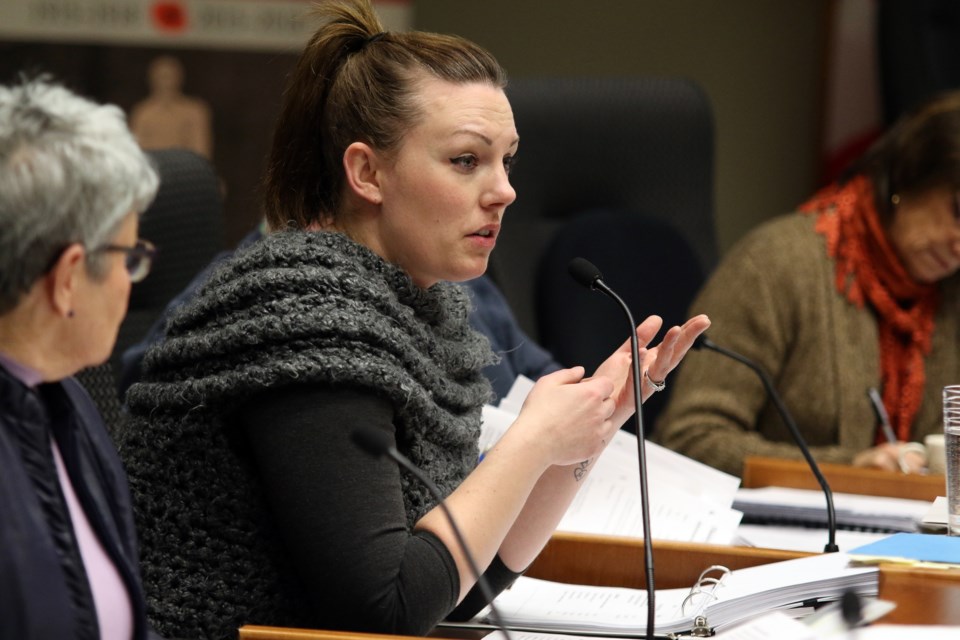THUNDER BAY – The City of Thunder Bay could soon launch a pilot project offering free menstrual products at municipal facilities including libraries and recreation centres.
In a report that will be presented to city council on Monday, city administration recommends placing dispensers in city-owned arenas, stadiums, and aquatic venues, as well as Thunder Bay Public Library locations.
If given the green light by council, the pilot project would run through 2021 and 2022, coming back for potential approval as a permanent program beginning in 2023.
Coun. Shelby Ch’ng originally proposed the project in 2019, calling the availability of menstrual products a health equity issue, and noting other cities had run similar programs.
“People who menstruate need adequate and appropriate access to menstrual products so that they can experience their full health potential, maintain dignity, and participate fully in community,” she wrote. “According to a Plan Canada International study, one third of Canadian women under the age of 25 struggled to afford menstrual products, and the inability to afford menstrual products is a health equity issue.”
Administration developed three potential options for the program. Option 1, which staff recommend, would see dispensers placed in all female and gender-neutral washrooms in the applicable facilities, including those inside change rooms.
Option 2 would place them only in main bathrooms, while Option 3 would offer products at central kiosks upon request.
That would rely on limited hours of operation at the kiosks, and be “much less discrete,” possibly hindering access, according to a report from administration.
Option 1, by contrast, provides “the broadest access to product within a facility.”
It’s also slightly more expensive than the alternatives, costing an estimated $65,800 in its first year and $41,400 for supplies each year after that.
The Thunder Bay Public Library would face estimated annual costs of $13,920 to run the program.
At the end of the pilot in 2022, administration will report back on uptake and actual costs, as well as user feedback. The report will include a recommendation on whether to continue the program.
The project would be funded from the city’s stabilization reserve fund in 2021, with costs moved to the budgets of the appropriate city departments beginning in 2022.
